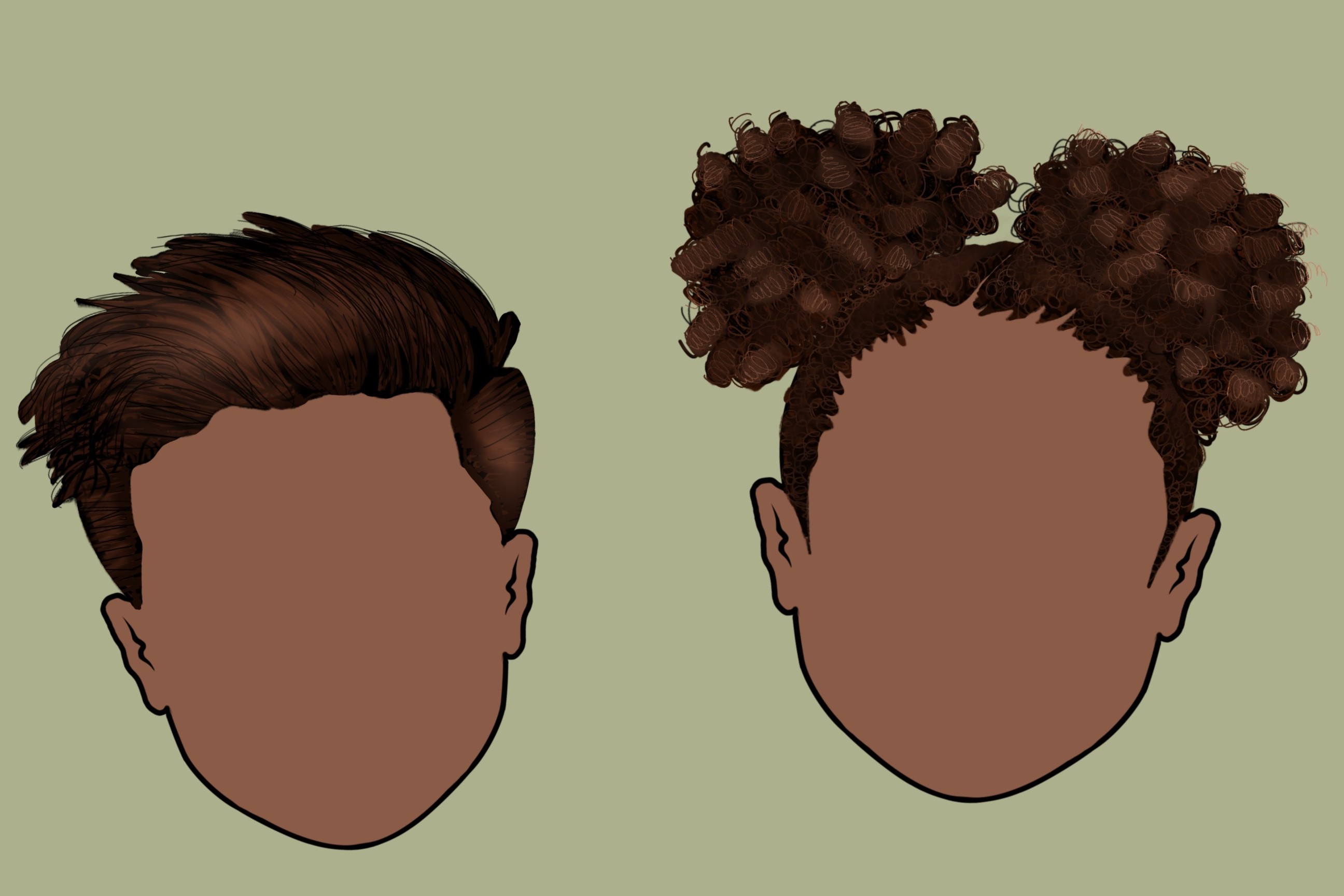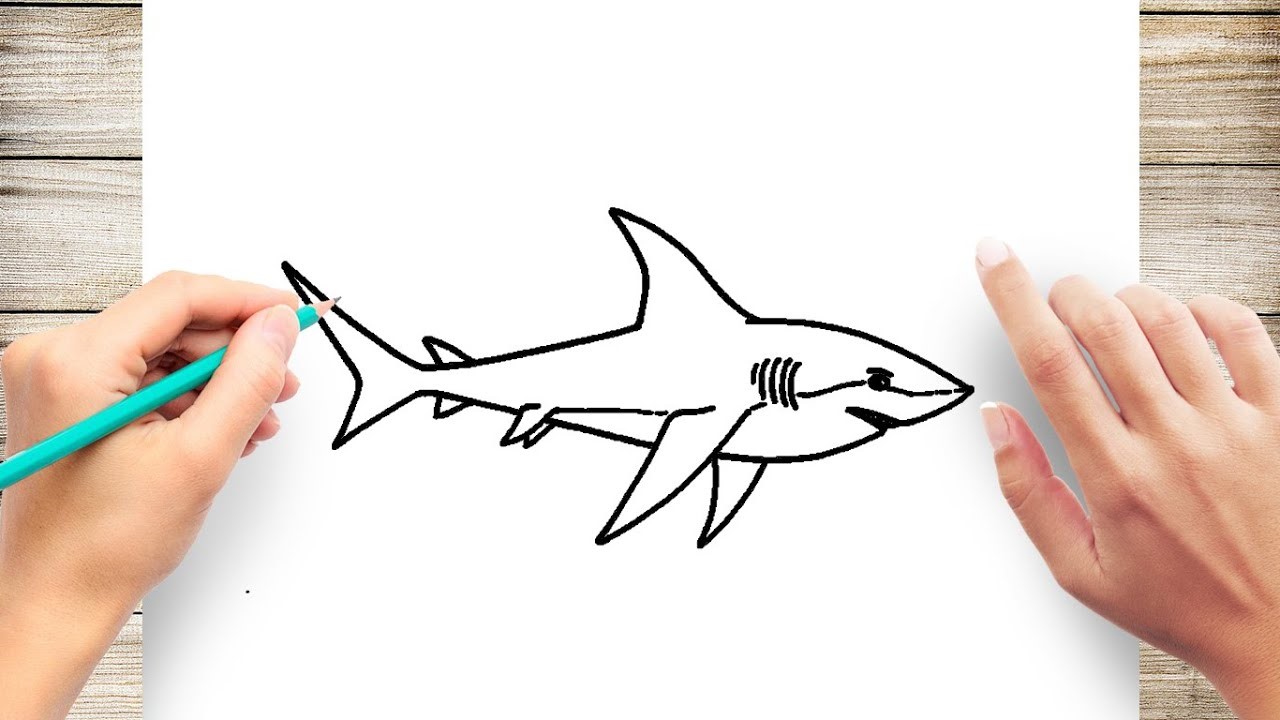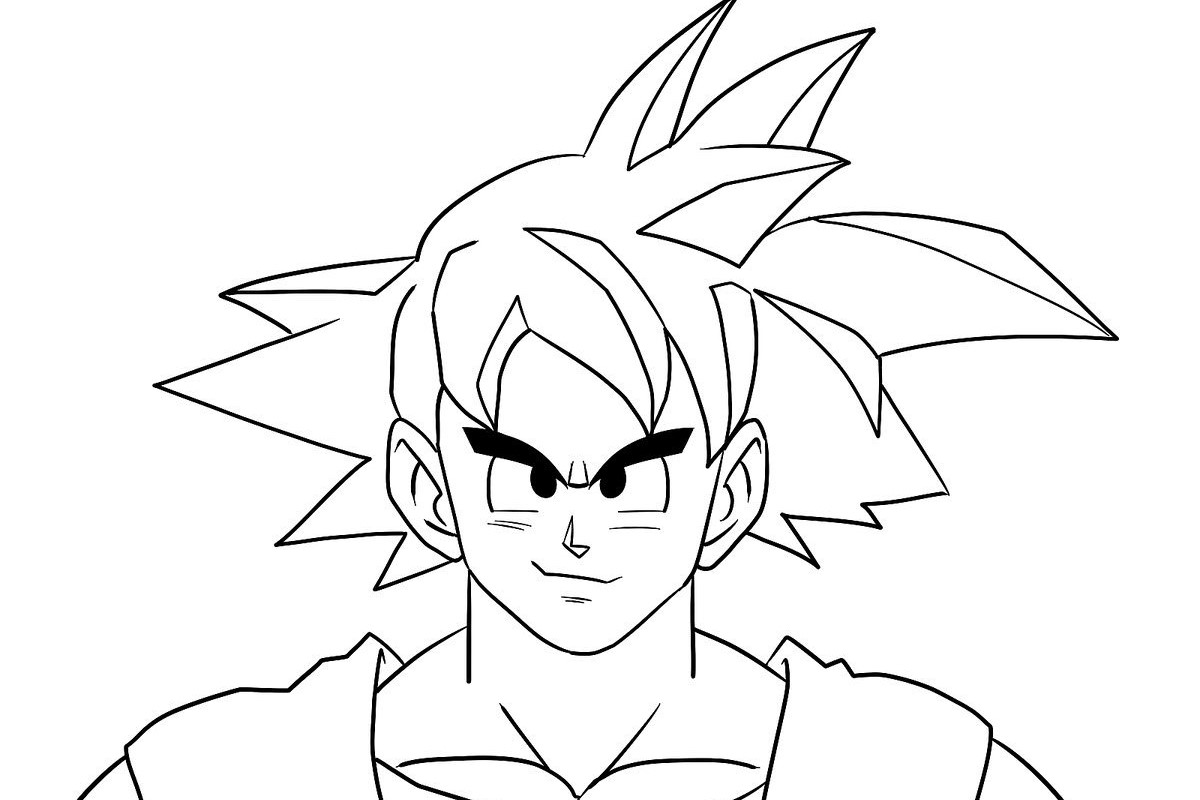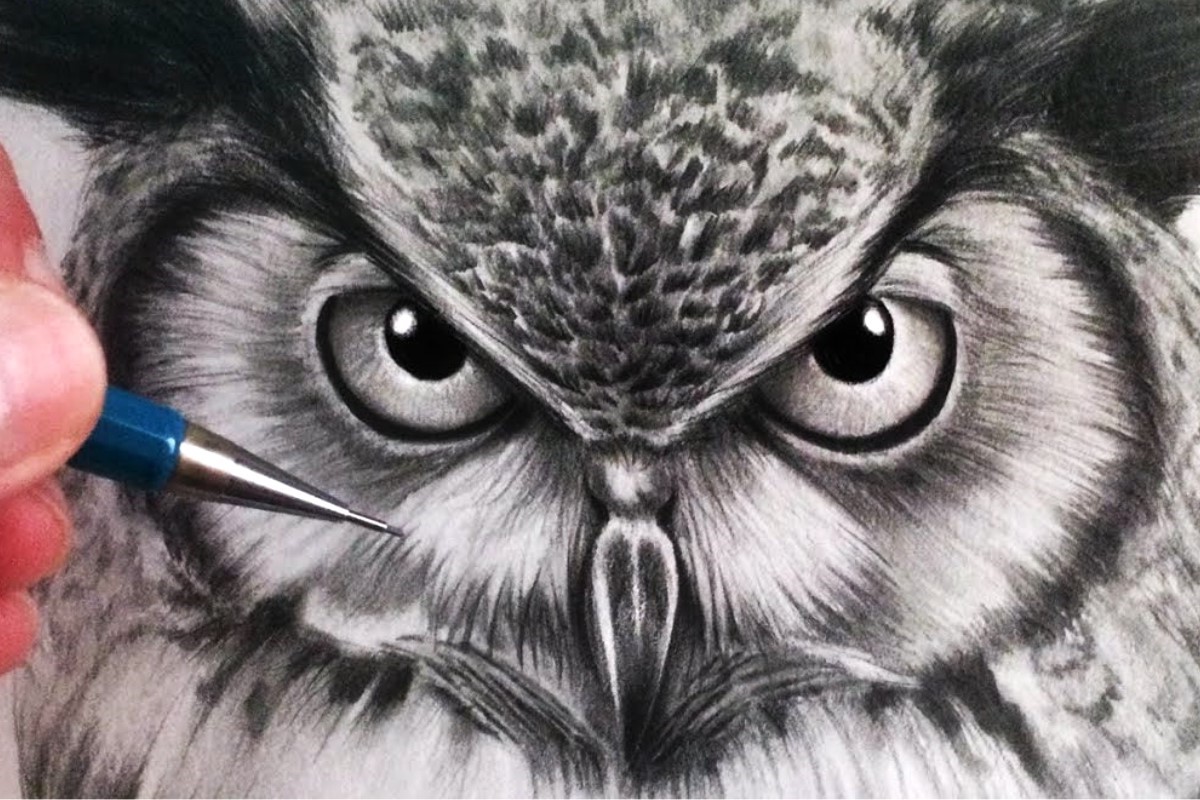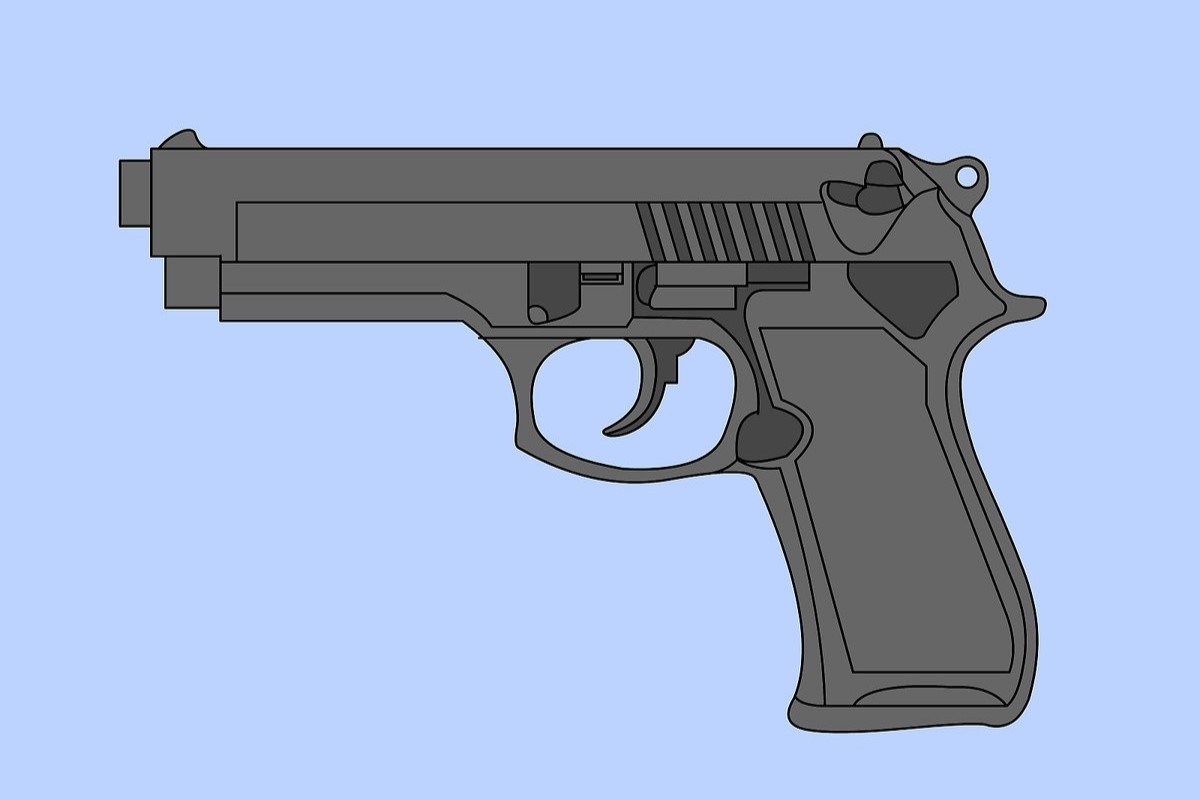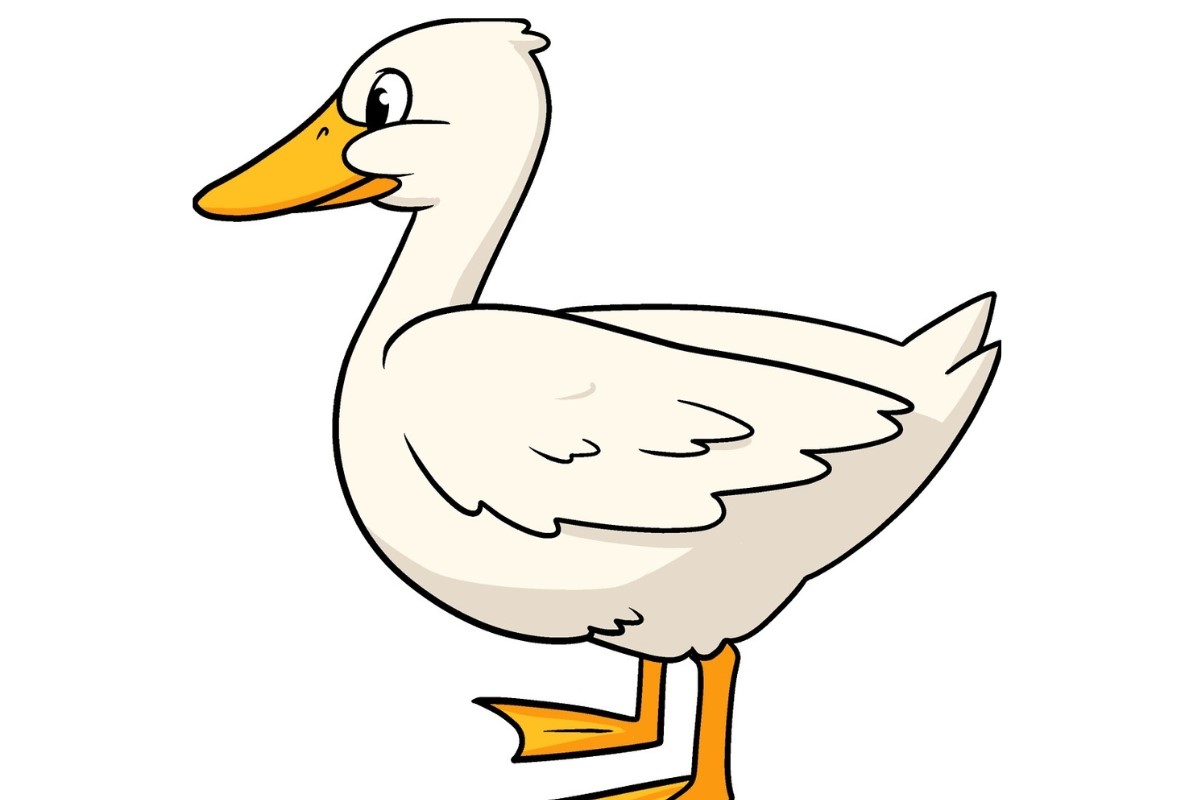Home>Arts and Culture>How To Draw Bubbles
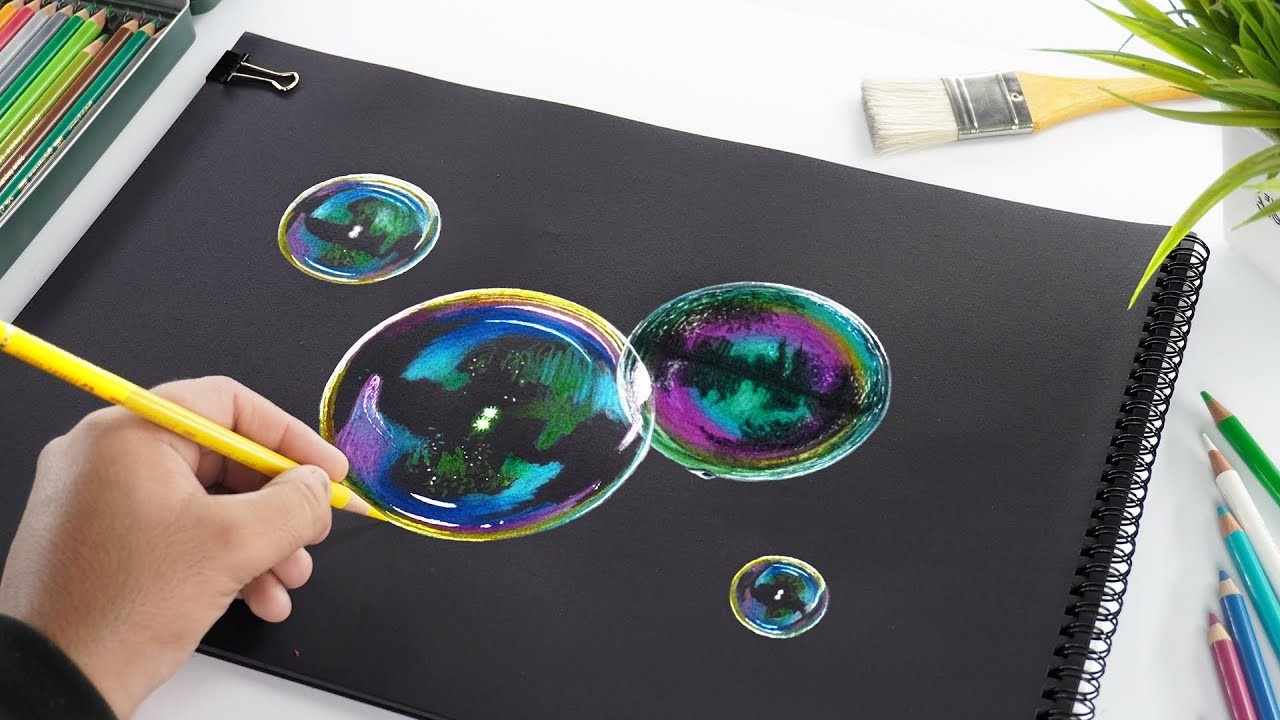

Arts and Culture
How To Draw Bubbles
Published: February 27, 2024
Learn the art of drawing bubbles with our step-by-step guide. Explore the creative world of arts and culture with our easy-to-follow tutorials. Start creating beautiful bubble illustrations today!
(Many of the links in this article redirect to a specific reviewed product. Your purchase of these products through affiliate links helps to generate commission for Noodls.com, at no extra cost. Learn more)
Table of Contents
Introduction
Drawing bubbles can be a delightful and mesmerizing artistic endeavor. The ethereal and reflective nature of bubbles presents a unique challenge for artists, requiring a keen eye for detail and a delicate touch. Whether you are a beginner seeking to master the basics or an experienced artist looking to refine your technique, learning how to draw bubbles can be a rewarding and captivating experience.
Bubbles are not just simple spheres; they are complex, dynamic structures that refract light in fascinating ways. Capturing their iridescent beauty on paper or canvas requires an understanding of light, shadow, and reflection. By mastering the art of drawing bubbles, you can elevate your artistic skills and create stunning, lifelike compositions that captivate viewers.
In this comprehensive guide, we will explore the step-by-step process of drawing bubbles, from the essential materials needed to the advanced techniques for adding depth and realism. Whether you aspire to create whimsical bubble-filled landscapes or incorporate bubbles into a larger composition, this guide will equip you with the knowledge and skills to bring your artistic vision to life.
So, grab your drawing supplies and prepare to embark on a creative journey into the enchanting world of bubble drawing. Whether you are a seasoned artist or a curious beginner, this guide will provide you with the tools and techniques to unleash your creativity and master the art of drawing bubbles. Let's dive in and explore the magical realm of bubble drawing together!
Read more: How To Create Bubble Braids
Materials Needed
To embark on your bubble drawing adventure, you will need a few essential materials to bring your artistic vision to life. Here's a comprehensive list of the items that will aid you in creating stunning bubble illustrations:
-
Drawing Paper: Select a smooth, heavyweight paper that can withstand multiple layers of pencil and erasing. A paper with a fine tooth or vellum surface is ideal for capturing the subtle textures and reflections of bubbles.
-
Pencils: Invest in a range of graphite pencils, including H, HB, and B grades, to achieve varying levels of darkness and precision in your drawings. These pencils will allow you to create delicate gradients and subtle shading to emulate the translucent quality of bubbles.
-
Blending Tools: Soft blending stumps or tortillons are essential for seamlessly blending graphite and creating smooth transitions between light and shadow. These tools will help you achieve a soft, ethereal appearance in your bubble drawings.
-
Kneaded Eraser: A kneaded eraser is indispensable for lifting graphite and creating highlights on your bubble illustrations. Its malleable nature allows for precise erasing and shaping, enabling you to refine the reflective surfaces of the bubbles.
-
White Gel Pen or White Charcoal Pencil: Adding highlights to your bubble drawings is crucial for capturing the luminous, iridescent quality of bubbles. A white gel pen or white charcoal pencil will enable you to add bright highlights and enhance the three-dimensional effect of your bubbles.
-
Reference Images: Gather reference images of bubbles to study their intricate patterns, reflections, and colors. Observing real-life bubbles will provide valuable insights into their unique characteristics and help you infuse authenticity into your artwork.
-
Fixative Spray: Once your bubble drawing is complete, using a fixative spray will protect the graphite from smudging and ensure the longevity of your artwork.
By assembling these essential materials, you will be well-equipped to embark on your bubble drawing journey and unleash your creativity on paper. With the right tools at your disposal, you can confidently explore the enchanting world of bubble illustration and hone your artistic skills to create captivating, lifelike renditions of these ephemeral wonders.
Basic Bubble Drawing Technique
Mastering the basic technique for drawing bubbles is the foundation upon which captivating bubble illustrations are built. This fundamental approach lays the groundwork for understanding the form, translucency, and reflective properties of bubbles. By following these step-by-step guidelines, you can begin your artistic journey into the enchanting realm of bubble drawing.
-
Outline the Bubble: Start by lightly sketching the outline of the bubble using a light graphite pencil. Bubbles come in various sizes and shapes, so feel free to experiment with different forms. Whether it's a small, spherical bubble or a larger, elongated one, capturing the basic shape is the first step in bringing your bubble to life on paper.
-
Create a Gradated Value: Begin shading the bubble with a light touch, gradually building up the graphite to create a gradated value. Pay close attention to the areas where the light hits the bubble, as these will be the brightest and most reflective parts. Use a blending stump to softly blend the graphite, ensuring a smooth transition between light and shadow.
-
Add Reflected Colors: Bubbles exhibit stunning iridescence, displaying a myriad of colors as light refracts through their thin film. To emulate this effect, lightly introduce subtle hues of blues, pinks, and greens within the bubble's surface. These delicate tints will infuse your drawing with the enchanting, prismatic allure of real bubbles.
-
Define the Highlights: Using a kneaded eraser, gently lift off the graphite to create bright highlights on the bubble's surface. These highlights should correspond to the areas where light directly hits the bubble, accentuating its luminous and translucent nature. Carefully sculpt the highlights to enhance the three-dimensional quality of the bubble.
-
Refine the Edges: Pay attention to the edges of the bubble, ensuring that they remain soft and diffused. Bubbles possess a delicate, ethereal quality, and maintaining soft edges will convey their ephemeral nature. Use a light touch to blend and soften the edges, allowing the bubble to appear weightless and airy.
By mastering the basic bubble drawing technique, you will lay a solid foundation for creating captivating bubble illustrations. This foundational understanding of form, light, and color will serve as a springboard for exploring more advanced techniques and infusing your bubble drawings with depth and realism. With practice and patience, you can elevate your artistic skills and embark on a mesmerizing artistic journey into the enchanting world of bubble illustration.
Advanced Bubble Drawing Technique
Once you have mastered the basic technique for drawing bubbles, you can delve into more advanced methods to elevate your bubble illustrations to a higher level of realism and visual impact. These advanced techniques focus on refining the intricate details, enhancing the reflective properties, and infusing a heightened sense of depth into your bubble drawings. By incorporating these advanced strategies into your artistic process, you can create mesmerizing bubble illustrations that captivate viewers with their lifelike appearance and ethereal beauty.
1. Emphasizing Refracted Light
To convey the mesmerizing play of light within bubbles, focus on capturing the subtle refractions and reflections that occur within their iridescent surfaces. Study reference images of bubbles to observe the intricate patterns of refracted light and the resulting color shifts. Use a combination of colored pencils or soft pastels to delicately layer and blend hues, replicating the captivating interplay of light and color within the bubble.
Read more: How To Draw A Chicken
2. Incorporating Surrounding Elements
Consider incorporating surrounding elements, such as foliage, landscapes, or other objects, to provide context and enhance the visual impact of your bubble illustrations. By skillfully integrating bubbles into a larger composition, you can create dynamic and engaging artworks that transport viewers into a whimsical and enchanting world. Pay attention to how the surrounding elements interact with the bubbles, casting reflections and influencing their appearance.
3. Experimenting with Mixed Media
Explore the use of mixed media to add texture and dimension to your bubble drawings. Incorporate translucent layers of watercolor to simulate the fluidity and luminosity of bubbles. Experiment with metallic or iridescent paints to accentuate the reflective qualities of the bubbles, creating a captivating interplay of light and shimmer. By embracing mixed media techniques, you can infuse your bubble illustrations with a rich, tactile quality that enhances their visual allure.
4. Capturing Dynamic Reflections
Challenge yourself to capture the dynamic reflections that dance across the surface of bubbles. Observe how the environment and light sources influence the reflections within the bubbles, creating intricate and ever-changing patterns. By skillfully rendering these reflections with precision and attention to detail, you can imbue your bubble illustrations with a sense of movement and vitality, elevating them to a new level of visual sophistication.
5. Fine-Tuning Translucency and Opacity
Refine your understanding of translucency and opacity to convey the delicate balance between the two qualities within bubbles. Experiment with subtle variations in shading and blending to depict the translucent nature of the bubble's surface, allowing hints of underlying colors and shapes to peek through. Simultaneously, emphasize areas of opacity to convey the denser regions of the bubble, creating a nuanced interplay of light and shadow that enhances its realism.
By embracing these advanced bubble drawing techniques, you can expand your artistic repertoire and embark on a captivating exploration of light, color, and form. These advanced strategies will empower you to create bubble illustrations that exude a sense of enchantment and wonder, inviting viewers to immerse themselves in the mesmerizing world you have brought to life on paper. With dedication and a spirit of artistic experimentation, you can refine your skills and craft breathtaking bubble drawings that showcase the ephemeral beauty of these enchanting spheres.
Read more: How To Draw A Pumpkin
Adding Shading and Highlights
Adding shading and highlights is a pivotal step in the process of bringing realism and depth to bubble drawings. By skillfully manipulating light and shadow, artists can emulate the translucent and reflective nature of bubbles, infusing them with an ethereal luminosity that captivates the viewer's eye. This essential technique involves a delicate balance of subtle shading, strategic highlighting, and meticulous attention to detail.
To begin, shading the bubble with a light touch is crucial for establishing the foundational values that define its form. By gradually building up the graphite or other drawing medium, artists can create a gradated value that captures the gentle transitions between light and shadow on the bubble's surface. It is essential to observe the interplay of light and form, carefully rendering the areas where light gently illuminates the bubble while acknowledging the softer, shadowed regions that contribute to its three-dimensional appearance.
As the shading progresses, the introduction of reflected colors becomes a key element in capturing the iridescence of bubbles. Delicately infusing subtle hues of blues, pinks, and greens within the bubble's surface adds a captivating dimension of prismatic allure. These nuanced tints emulate the mesmerizing play of refracted light within the bubble, enhancing its visual appeal and infusing it with a sense of dynamic vibrancy.
Defining the highlights is a pivotal stage in the process, as it brings the luminous, translucent quality of bubbles to the forefront. Using a kneaded eraser or other erasing tools, artists can delicately lift off the drawing medium to create bright highlights on the bubble's surface. These highlights correspond to the areas where light directly hits the bubble, accentuating its reflective and ethereal nature. By sculpting and refining the highlights with precision, artists can enhance the three-dimensional quality of the bubble, imbuing it with a captivating sense of depth and luminosity.
In essence, the art of adding shading and highlights to bubble drawings is a meticulous and nuanced process that demands a keen understanding of light, form, and color. By mastering this technique, artists can breathe life into their bubble illustrations, evoking a sense of enchantment and wonder. The interplay of subtle shading, reflected colors, and luminous highlights culminates in the creation of bubble drawings that exude a mesmerizing, lifelike allure, inviting viewers to immerse themselves in the captivating world of bubbles.
Tips for Realistic Bubble Drawing
Creating realistic bubble drawings requires a meticulous approach that encompasses a deep understanding of light, form, and the unique characteristics of bubbles. To elevate your bubble illustrations to a higher level of authenticity and visual impact, consider the following tips and techniques:
-
Observe Real Bubbles: Study real bubbles in various lighting conditions to observe their reflective properties, iridescence, and the way light interacts with their surfaces. Pay attention to the subtle color shifts and the dynamic play of light within the bubbles. This keen observation will provide valuable insights that you can translate into your artwork.
-
Master Light and Shadow: Understanding the interplay of light and shadow is essential for creating realistic bubble drawings. Practice rendering the delicate transitions between light and shadow on the bubble's surface, capturing the ethereal luminosity that makes bubbles so captivating.
-
Embrace Subtle Refractions: Emulate the mesmerizing refractions of light within bubbles by delicately layering and blending colors to create a prismatic effect. Experiment with soft pastels or colored pencils to capture the subtle hues and iridescence that define the visual allure of bubbles.
-
Focus on Transparency: Conveying the translucent nature of bubbles is key to achieving realism. Use subtle variations in shading to depict the transparency of the bubble's surface, allowing hints of underlying colors and shapes to peek through. Balancing transparency and opacity adds depth and authenticity to your bubble illustrations.
-
Refine Reflective Surfaces: Pay attention to the reflective surfaces of bubbles, capturing the way they mirror their surroundings. Skillfully rendering the reflections and distortions within the bubbles adds a sense of dynamism and depth to your drawings, enhancing their realism.
-
Experiment with Mixed Media: Explore the use of mixed media, such as watercolor or metallic paints, to add texture and luminosity to your bubble illustrations. Incorporating these mediums can elevate the visual impact of your artwork, infusing it with a tactile quality that enhances the overall realism.
By incorporating these tips into your artistic practice, you can refine your bubble drawing skills and create captivating illustrations that authentically capture the enchanting beauty of bubbles. Embrace the nuances of light, color, and form, and allow your artistic exploration to transport you into the mesmerizing world of bubble drawing.
Conclusion
In conclusion, mastering the art of drawing bubbles is a captivating and rewarding journey that allows artists to explore the ethereal beauty and dynamic qualities of these enchanting spheres. From the foundational techniques of outlining and shading to the advanced strategies of capturing refracted light and dynamic reflections, the process of creating bubble illustrations is a testament to the intricate interplay of light, form, and color.
By carefully observing real bubbles and studying their reflective properties, artists can infuse their drawings with a heightened sense of authenticity and visual allure. Embracing the delicate balance between transparency and opacity, as well as the subtle nuances of iridescence, enables artists to convey the mesmerizing qualities that make bubbles such captivating subjects for artistic exploration.
The incorporation of mixed media, such as watercolor and metallic paints, adds a tactile dimension to bubble illustrations, enhancing their visual impact and infusing them with a sense of dynamic vibrancy. Furthermore, the strategic integration of bubbles into larger compositions allows artists to create whimsical and enchanting artworks that transport viewers into a world of wonder and fascination.
As artists refine their bubble drawing skills, they gain a deeper appreciation for the complexities of light and reflection, honing their ability to capture the transient beauty of bubbles with precision and artistry. The culmination of shading, highlighting, and meticulous attention to detail results in bubble illustrations that exude a lifelike allure, inviting viewers to immerse themselves in the captivating realm of bubble artistry.
Ultimately, the art of drawing bubbles transcends mere representation; it embodies a celebration of light, color, and the ephemeral nature of these iridescent wonders. Through dedication, practice, and a spirit of artistic exploration, artists can unleash their creativity and master the enchanting art of drawing bubbles, creating captivating illustrations that evoke a sense of wonder and delight.
In the realm of artistic expression, the allure of bubbles continues to inspire and captivate, inviting artists to embark on a mesmerizing journey into the enchanting world of bubble drawing. As the iridescent spheres dance across the page, they carry with them a sense of magic and fascination, inviting viewers to behold the transient beauty that unfolds within each intricately rendered bubble illustration.







